Found in Papua New Guinea, Indonesia, northeastern Australia and surrounding islands, the cassowary is the second-heaviest living bird, outweighed only by the ostrich. While they eat mainly fruit and seeds, they have an aggressive side that has resulted in numerous attacks against both people and dogs, earning them the title of ‘the world’s most dangerous bird’.
Generally shy and elusive, there has been relatively little study on any of the three extant species of cassowary. The largest species, the southern cassowary of New Guinea and northeastern Australia, can reach two metres in height (six and a half feet) and weight upwards of 58kg (130lb). Females are generally significantly larger than males.
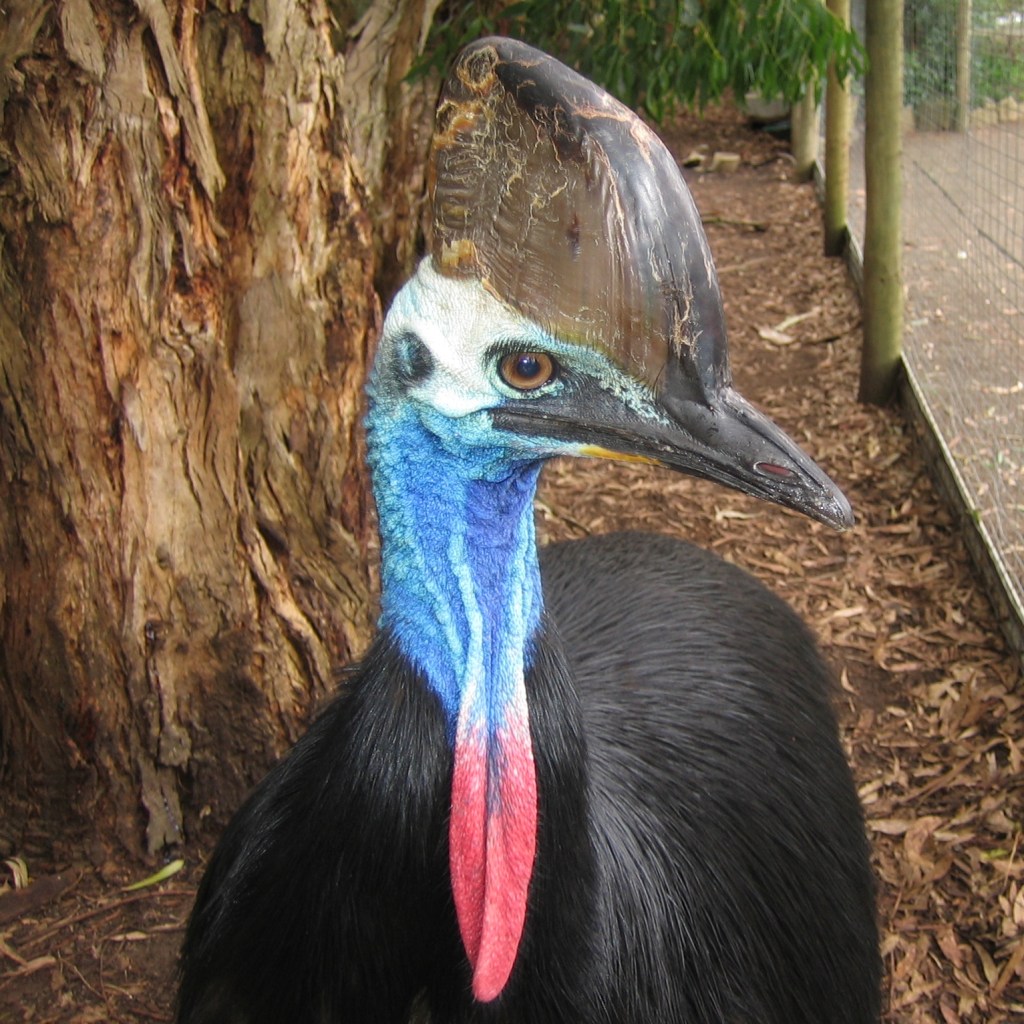
Alongside the blue skin of their face and neck, one of the species’s most distinctive features is a keratinous casque on the top of their heads. The lack of research into the species means that there is not yet a scientific consensus on what purpose this casque serves, although some researchers have suggested they are used as a weapon in fights between cassowaries or to batter through dense underbrush. Both theories however are hotly contested by biologists.
Cassowaries possess three-toed feet with sharp claws, including a dagger-like talon up to five inches long on one toe. It is this long claw that makes cassowaries particularly dangerous, given their predilection to kicking when they feel threatened.
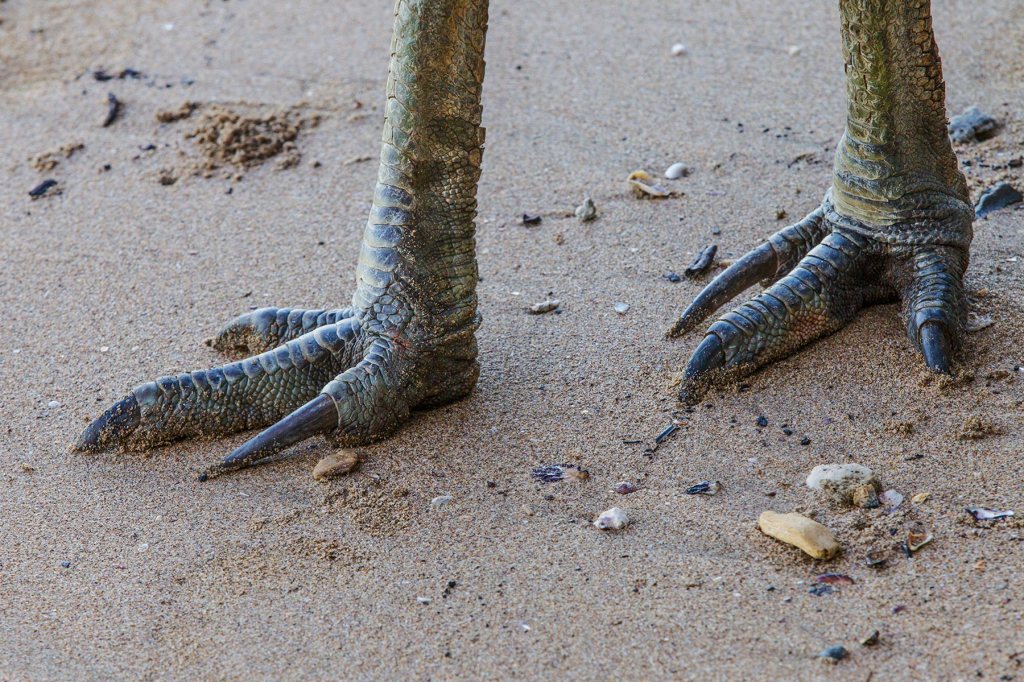
The first documented fatal cassowary attack took place on April 6th 1926 in Australia. 16-year-old Phillip McClean, accompanied by his 13-year-old brother, stumbled across a cassowary on their farm and attempted to kill the intruding bird by beating it with clubs. After the younger brother received a heavy kick he fled the fight, leaving Phillip alone after he tripped attempting to run himself. He was killed after the cassowary tore open his jugular vein.
During the Second World War, American and Australian soldiers stationed in New Guinea were specifically warned to keep their distance from the birds if they should encounter them. A 2003 study found records of 221 cassowary attacks, of which 150 had been against humans and the remainder against domestic dogs.
Only the attack on McClean proved fatal for human victims, although a number of dogs were killed, including a case in 1995 when a dog died from intestinal rupture after receiving a kick from a cassowary. In 2012, a tourist in Queensland was kicked off a ledge into a body of water by a cassowary but was otherwise unhurt.

A second fatal attack took place in 2019. A captive-bred cassowary living on a farm in Alachua County, Florida, kicked its 75-year-old owner, Marvin Hajos, to death. Fire and rescue personnel that attended the scene rushed the victim to hospital but he died of severe trauma. An investigation by the sheriff’s office found that Hajos had likely fallen when close to the bird, triggering the attack.
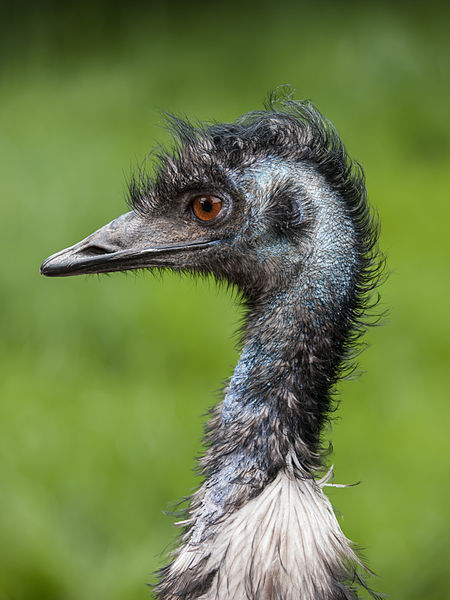
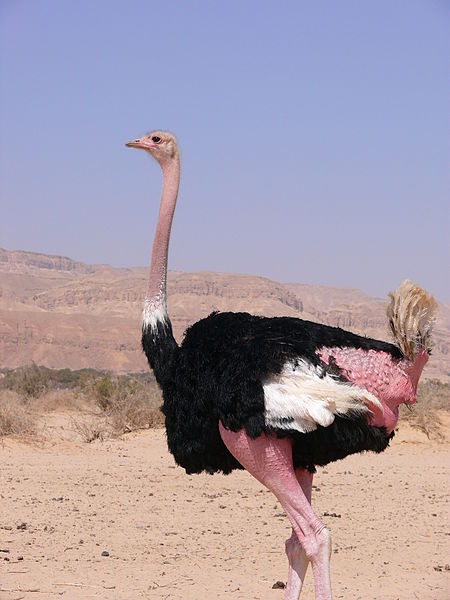
While the cassowary is the only bird species with confirmed fatal attacks on humans, several other large birds pose a threat to people. A zookeeper was badly injured after being attacked by an ostrich at a Russian zoo in 2018. Johnny Cash, who kept an exotic animal park including ostriches on his property, was kicked in the stomach by an aggressive ostrich and believed he would have been eviscerated were it not for a large, ornate belt buckle. One study found more than 100 attacks by emus across Australia at zoos or farms in 2009.
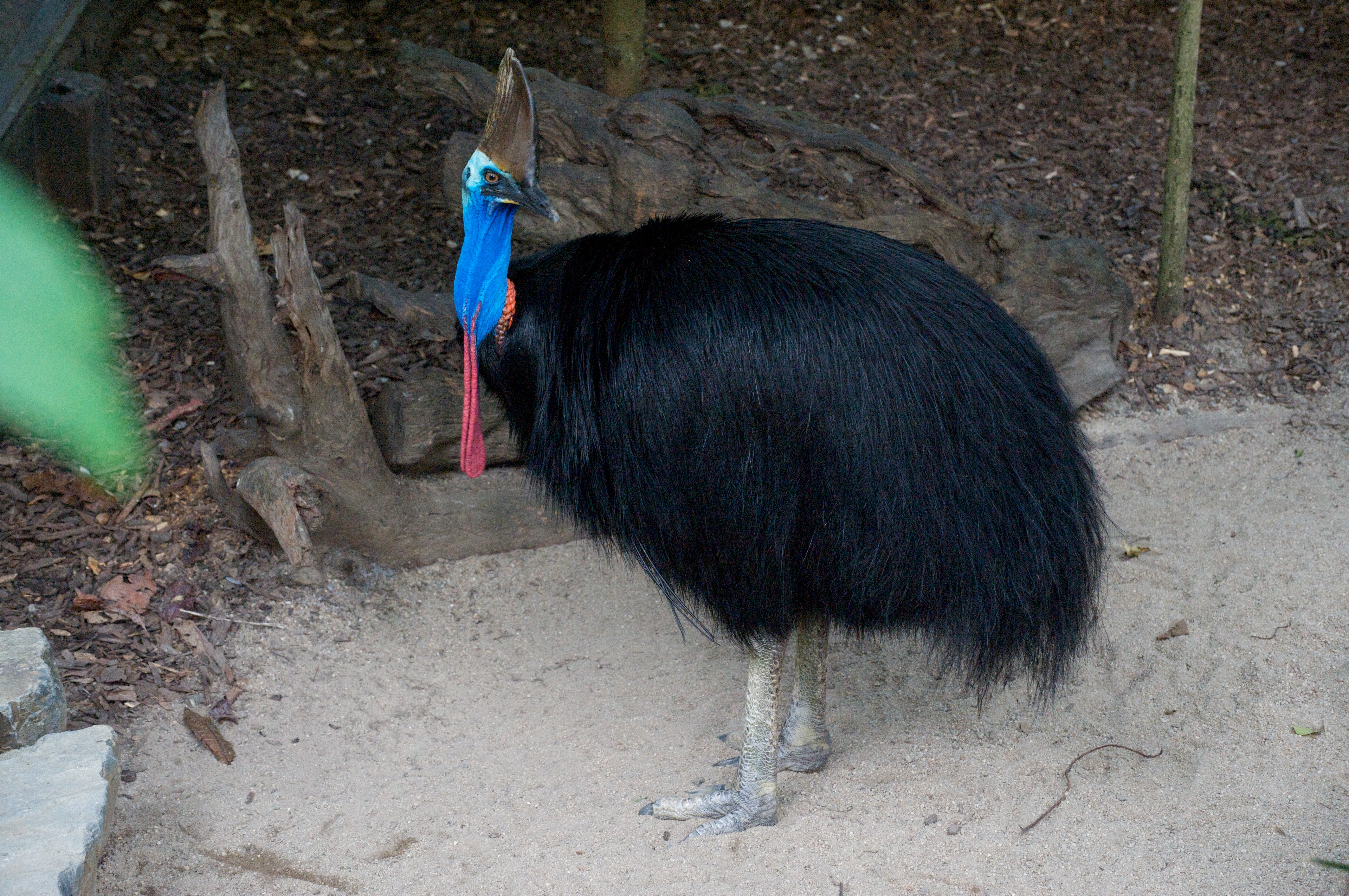
The cassowary looks close to the ostrich with their ominous eyes, long huge body, and formidable beaks. I never like the ostrich because of these external characteristics, although the cassowary looks meaner. Interesting article!
LikeLike